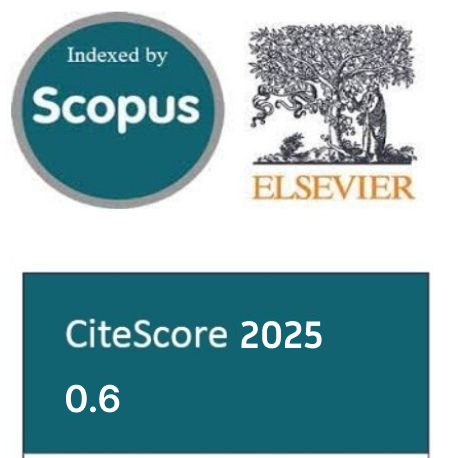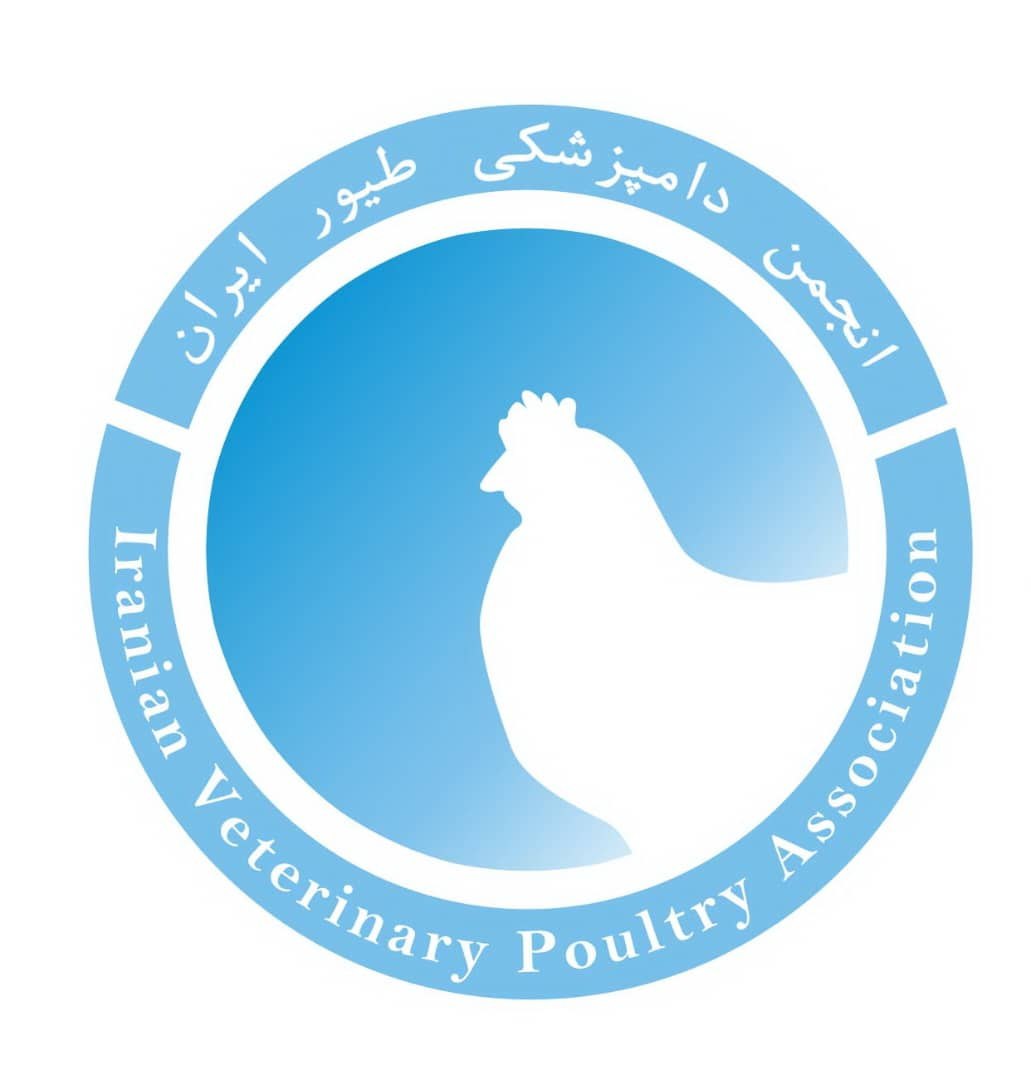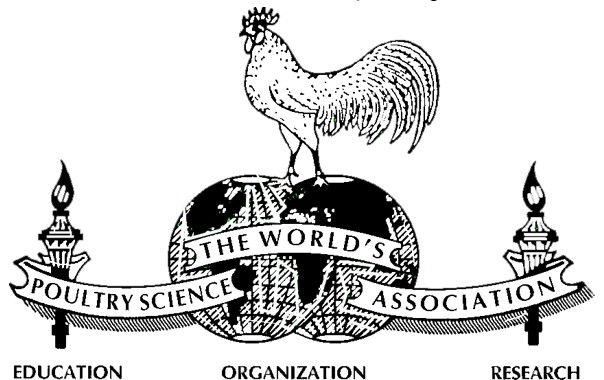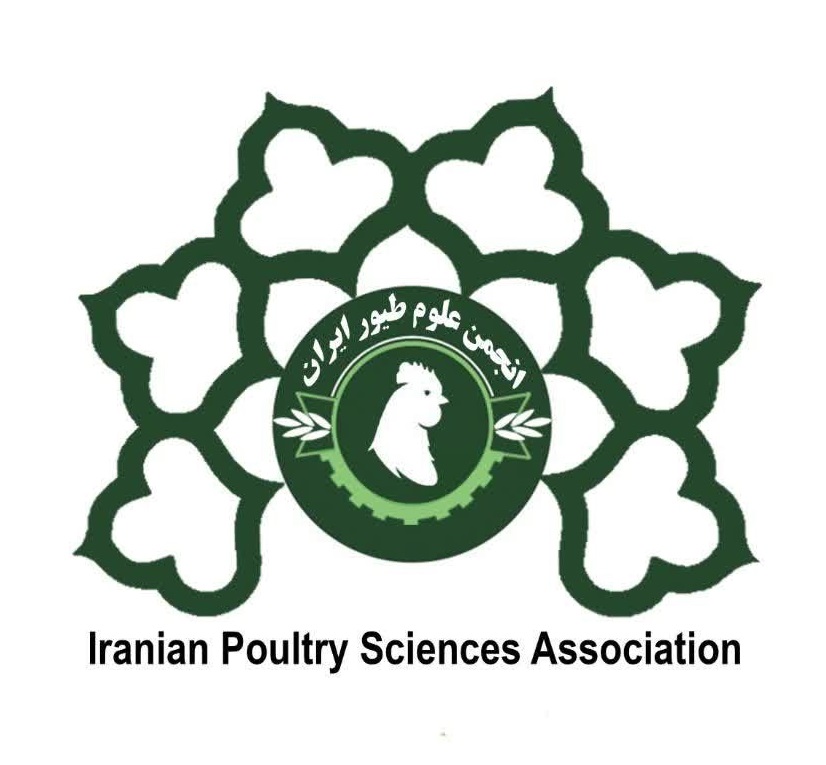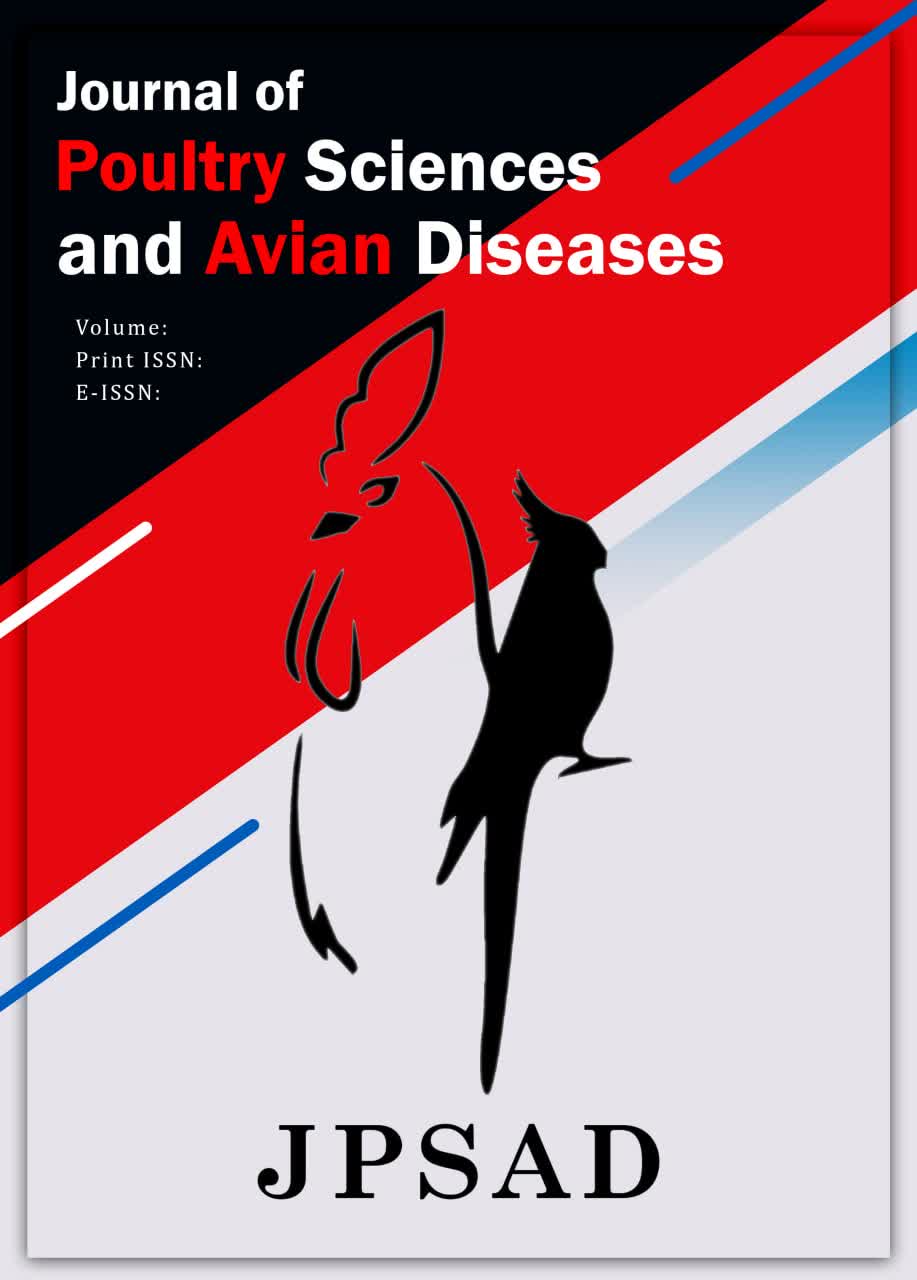Diverse Antimicrobial Resistance Profiles Across Phylogroups of Shiga Toxin-Producing Escherichia coli Isolates in Companion Birds
Keywords:
Antibiotic, Escherichia coli (E. coli), Multi-Drug Resistant (MDR), Phylogroup, Shiga-Toxin Producing E. coli (STEC)Abstract
Escherichia coli (E. coli) is a very important indicator bacteria that could be used for tracking the evolution of antibiotic resistance in both humans and animals. Shiga toxin-producing E. coli (STEC) strains are responsible for the worldwide development of human intestinal disease and potentially fatal hemorrhagic colitis or hemolytic uremic syndrome which could be transferred to humans from companion animals including pet birds.
A total of 200 fecal samples were collected from birds with different situations of health status, age, and sex which have been referred to the University of Tehran’s Veterinary Hospital. 26 isolates of E. coli (13%) were found from different species of birds. 9 Attaching-effacing (AEEC) isolates (34.6%) were found in this study and all of them (9 out of 9 isolates; 100%) were STEC isolates. Phylogroup analysis revealed that 4 isolates belonged to B2 and 3 isolates belonged to D phylogroup, also 2 of the isolates were un-typable. The results of the disk diffusion method showed that 7 out of 9 STEC isolates (77.7%) were considered to be multi-drug resistance (MDR). 9 out of 9 (100%) isolates were resistant to penicillin and erythromycin, and sensitive to fosfomycin and lincospectin. In B2 phylogroup, almost all the isolates were sensitive to fluoroquinolones (96.9% sensitive). In the D phylogroup, the results were different, and the isolates were 87.5% resistant or they were developing resistance against fluoroquinolones.
The results of this study revealed that different species of birds which are being kept as common pets in Iran, can be affected with STEC strains and also, they could be identified as multi-drug resistant E. coli, which doubles the importance of these findings, especially for public health.
Downloads
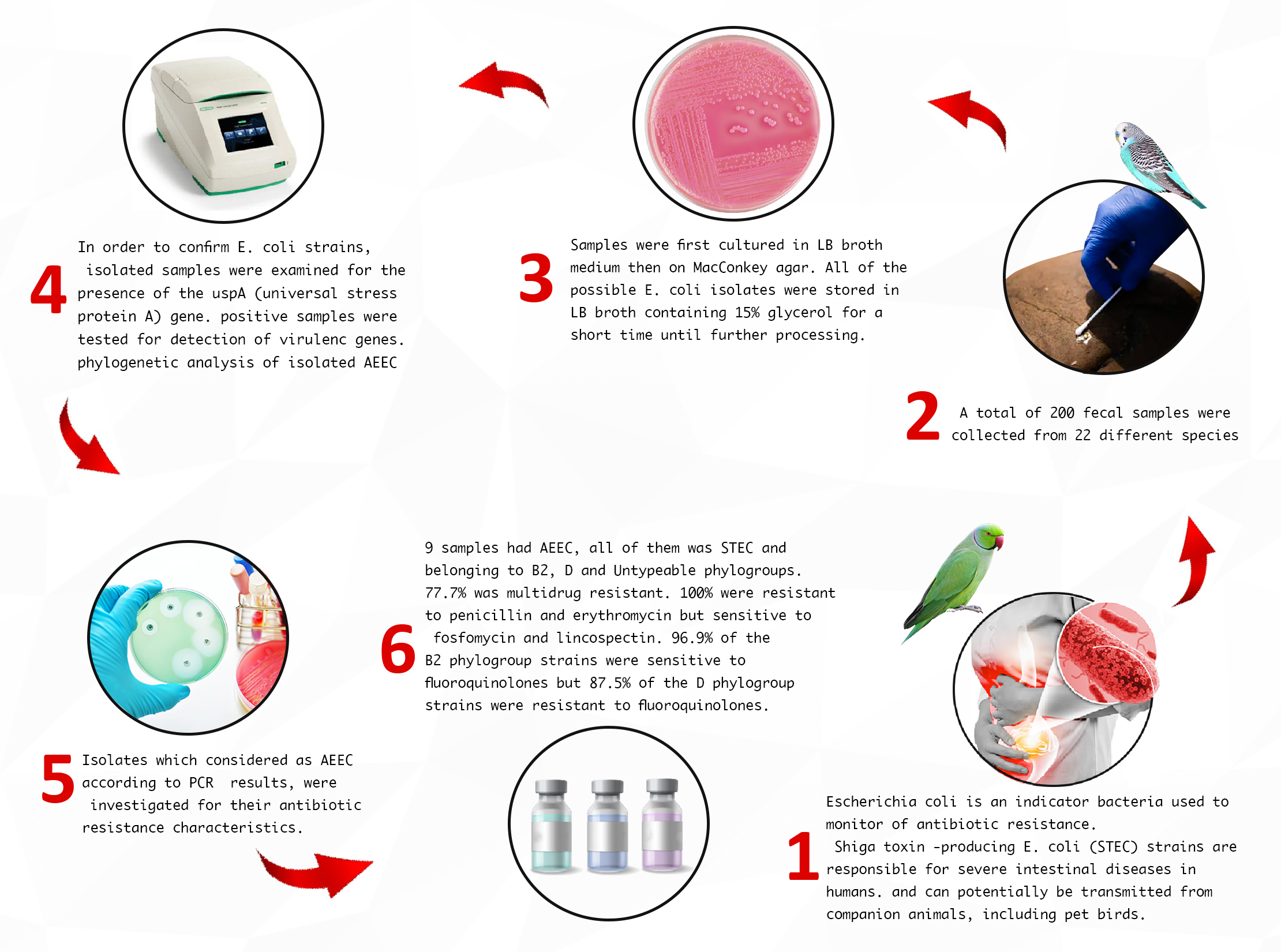
Downloads
Published
Issue
Section
License

This work is licensed under a Creative Commons Attribution-NonCommercial 4.0 International License.


